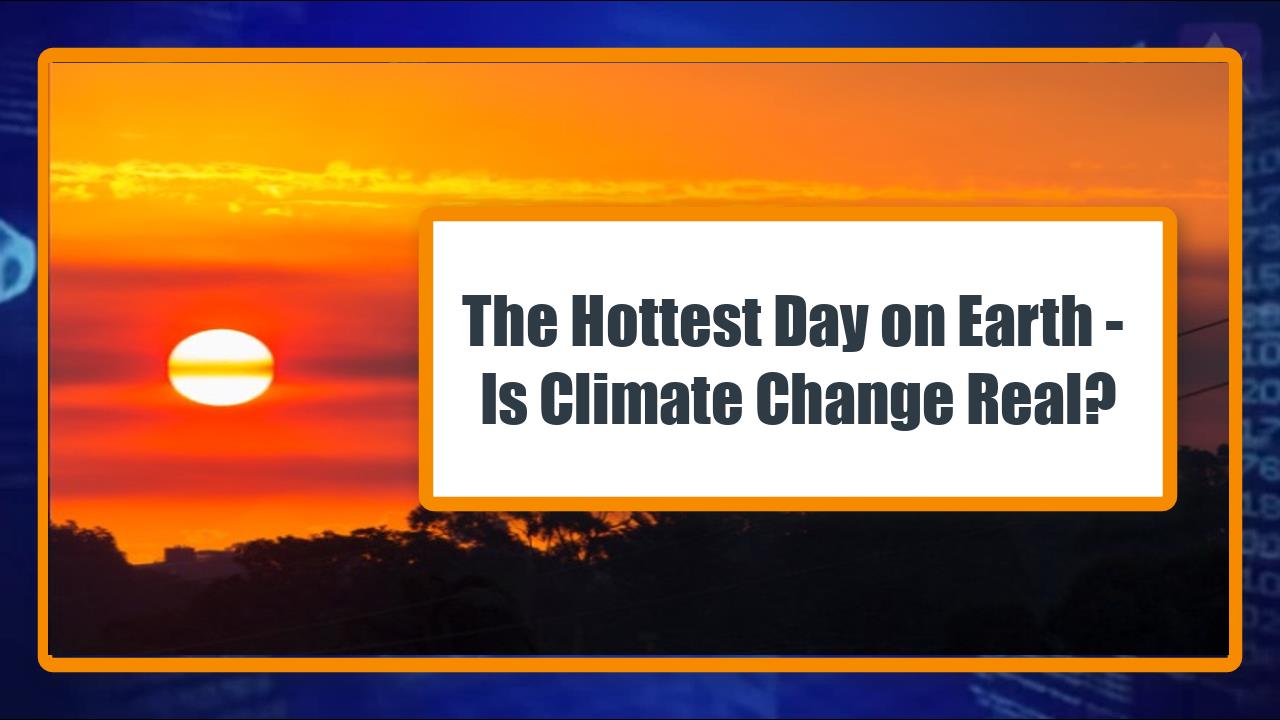Video:
Take our online poll:
AI Analysis:
El Niño and climate change are two distinct phenomena, but they can interact and influence each other in certain ways. El Niño is a natural climate pattern characterized by warmer-than-normal sea surface temperatures in the central and eastern equatorial Pacific. It occurs irregularly every few years and can last for several months to a couple of years. Climate change, on the other hand, refers to long-term shifts in global weather patterns and temperatures due to human activities, particularly the emission of greenhouse gases.
While El Niño events have significant short-term impacts on regional and global weather patterns, their relationship with climate change is complex. El Niño can exacerbate or modify the effects of climate change in certain regions. For instance, during an El Niño event, some areas experience intensified rainfall and flooding, while others face drought conditions. Climate change, with its overall warming of the planet, can potentially enhance the intensity and frequency of El Niño events in the future, although the scientific understanding of this relationship is still evolving.
It is important to note that El Niño is a natural occurrence that has been observed for centuries, whereas climate change is primarily driven by human activities. Climate change is a long-term trend that affects the entire planet, while El Niño is a short-term variation in ocean temperatures that primarily influences weather patterns. While El Niño can have temporary impacts on global climate and weather, the underlying drivers of climate change, such as greenhouse gas emissions, are the key factors contributing to long-term shifts in Earth's climate. Thus, while El Niño can influence regional weather patterns, it is not the primary cause of climate change.
References:


Comments